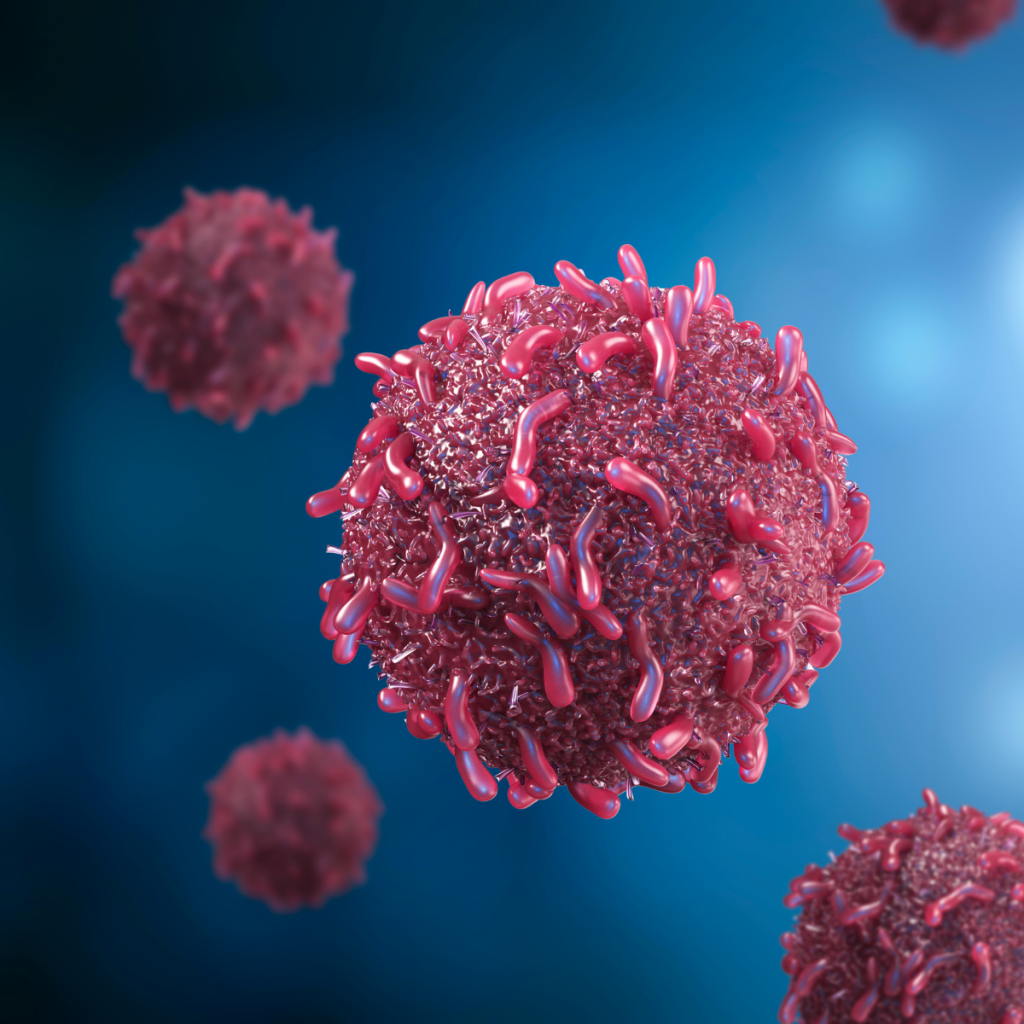Cancer is a complex and often life-changing disease that can affect various organs in the body. One of the most crucial aspects of cancer diagnosis is identifying the stage at which it has developed. Early-stage cancer typically refers to the initial phase of cancer development, while advanced-stage cancer is more aggressive and has spread to other parts of the body. Understanding the differences between these stages is essential for treatment and prognosis. In this article, we will explore the key differences between early and advanced stages of cancer, including symptoms, diagnosis, treatment options, and outcomes.
What Is Cancer Staging?
Cancer staging is a method used by doctors to describe the extent of cancer within the body. It helps determine the size of the tumor, whether it has spread to nearby lymph nodes, and if it has invaded other organs. The most common system for staging cancer is the TNM system, which stands for Tumor, Node, and Metastasis. The stage of cancer is typically classified into four main stages:

- Stage 0 (in situ): The cancer is localized and has not spread.
- Stage 1 (early-stage cancer): The cancer is small and contained.
- Stage 2 & 3 (locally advanced): The cancer has grown larger or spread to nearby tissues or lymph nodes.
- Stage 4 (advanced cancer): The cancer has spread to distant parts of the body, making it harder to treat.
Early-Stage Cancer: Overview
Characteristics of Early-Stage Cancer
Early-stage cancer, often referred to as stage 1, is the phase where cancer is localized and confined to its original site. In this stage, the tumor is generally small, and the cancer has not yet spread to nearby lymph nodes or distant organs. Symptoms may be minimal or even nonexistent, which is why early detection is vital.
Symptoms of Early-Stage Cancer
Since early-stage cancer often doesn’t cause noticeable symptoms, many individuals may be unaware they have the disease. However, some types of cancer, such as breast or skin cancer, may show signs, such as a lump, change in skin appearance, or abnormal bleeding. In many cases, early-stage cancer is discovered during routine screenings or tests.
For example, mammograms can detect early-stage breast cancer, and Pap smears can identify cervical cancer. Colonoscopies are also commonly used to detect early signs of colon cancer, even before symptoms appear.
Diagnosis of Early-Stage Cancer
Diagnosing early-stage cancer typically involves imaging tests, biopsies, and lab tests. These tests allow doctors to determine the exact location and size of the tumor, as well as whether it has spread to surrounding tissues. Early diagnosis increases the chances of successful treatment and recovery.
Treatment Options for Early-Stage Cancer
Treatment for early-stage cancer usually has a high success rate, as the tumor is localized and hasn’t spread to other parts of the body. The most common treatments include:
- Surgery: Removing the tumor or the affected organ is often the first-line treatment in early-stage cancer.
- Radiation therapy: High-energy radiation may be used to target and destroy cancer cells.
- Chemotherapy: In some cases, chemotherapy may be used to shrink the tumor before surgery or to kill any remaining cancer cells after surgery.
Prognosis for Early-Stage Cancer
The prognosis for early-stage cancer is generally positive, with a high survival rate. Early detection and treatment can lead to complete remission in many cases. In fact, some cancers diagnosed at an early stage can be cured completely with appropriate medical interventions.
Advanced-Stage Cancer: Overview
Characteristics of Advanced-Stage Cancer
Advanced-stage cancer, typically referred to as stage 4, is characterized by the spread of cancer cells to distant organs or tissues. At this point, the tumor has grown significantly and may have invaded other parts of the body, including the lungs, liver, bones, or brain. This stage is often referred to as metastatic cancer.
Unlike early-stage cancer, advanced-stage cancer can cause severe symptoms, as the cancer affects multiple organs and systems within the body. The cancer cells may also be resistant to conventional treatments, making it more challenging to treat effectively.
Symptoms of Advanced-Stage Cancer
The symptoms of advanced-stage cancer are more pronounced and can vary depending on the type of cancer and where it has spread. Common symptoms include:
- Unexplained weight loss
- Chronic pain
- Fatigue and weakness
- Difficulty breathing
- Coughing or bleeding
- Swelling or lumps in the body
These symptoms often signal that the cancer has progressed beyond its original site, affecting surrounding tissues and organs. Early detection is critical in reducing the severity of these symptoms.
Diagnosis of Advanced-Stage Cancer
Diagnosing advanced-stage cancer typically involves a combination of imaging tests, biopsies, and blood tests to identify the spread of cancer cells. Doctors may use advanced imaging techniques like CT scans, MRIs, and PET scans to evaluate the size and spread of the tumor. A biopsy will help confirm the presence of cancer in distant tissues, allowing doctors to determine the extent of metastasis.
Treatment Options for Advanced-Stage Cancer
Treatment for advanced-stage cancer is often more aggressive and may involve a combination of therapies, but the chances of a full cure are lower compared to early-stage cancer. Treatment options include:
- Chemotherapy: Chemotherapy is commonly used to target and kill rapidly growing cancer cells throughout the body. However, in advanced-stage cancer, chemotherapy may be less effective and cause significant side effects.
- Immunotherapy: This treatment aims to strengthen the body’s immune system to fight cancer cells. Immunotherapy has shown promise in treating some types of advanced cancer.
- Targeted therapy: Targeted drugs can block the growth and spread of cancer cells by interfering with specific molecules involved in cancer cell growth.
- Palliative care: In cases where the cancer is not curable, palliative care focuses on managing symptoms and improving the patient’s quality of life.
Prognosis for Advanced-Stage Cancer
The prognosis for advanced-stage cancer is generally less favorable than for early-stage cancer. The survival rate for stage 4 cancer varies widely depending on the type of cancer and how well it responds to treatment. However, treatment can still help manage symptoms, slow the progression of the disease, and improve the quality of life for the patient.
Key Differences Between Early and Advanced Stages of Cancer
1. Tumor Size and Spread
The most significant difference between early and advanced stages of cancer is the size of the tumor and its spread. In the early stage, the tumor is small and localized, while in advanced cancer, the tumor has grown larger and metastasized to distant organs.
2. Symptoms
Early-stage cancer often has few or no symptoms, while advanced-stage cancer typically causes noticeable symptoms such as pain, fatigue, and weight loss.
3. Treatment Options
Early-stage cancer is more likely to be treated successfully with surgery, radiation, and chemotherapy. In contrast, advanced-stage cancer may require more aggressive treatments, including chemotherapy, immunotherapy, and palliative care.
4. Prognosis
The prognosis for early-stage cancer is usually better, with a higher chance of complete recovery. Advanced-stage cancer often has a less favorable prognosis, but treatment can still help manage the disease.
Conclusion

Understanding the differences between early and advanced stages of cancer is crucial for both patients and healthcare providers. Early detection and prompt treatment are key to improving outcomes and increasing the chances of successful treatment. Regular screenings, healthy lifestyle choices, and awareness of cancer symptoms can help detect cancer at an early stage, leading to better treatment options and a higher likelihood of remission. While advanced-stage cancer presents more challenges, ongoing research and advancements in treatment options continue to provide hope for those affected.

Leave a Reply